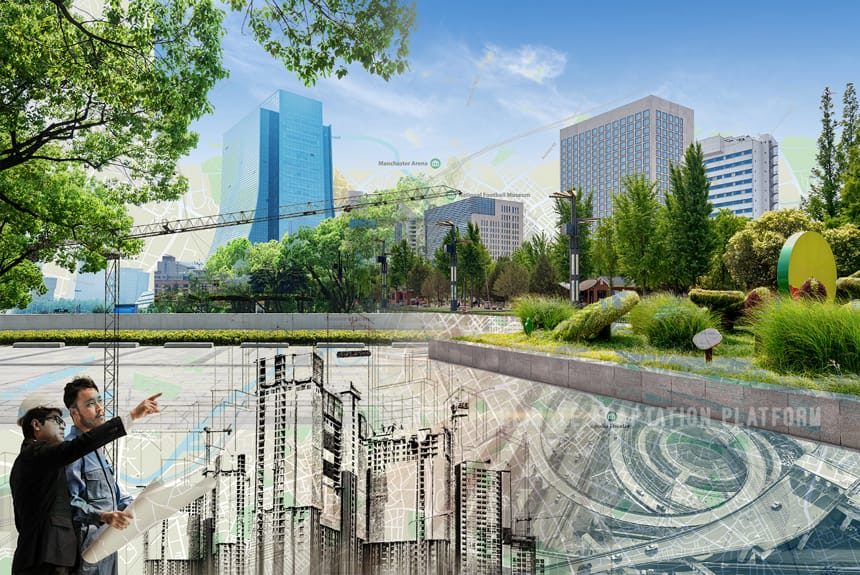Climate-friendly urban designs such as urban greening, planted roofs or green roofs, reflective materials, and many others can make the city climate-resilient and reduce GHG emissions.
These climate-friendly solutions can also enhance the living conditions of city-dwellers for many generations to come.
The study, ‘How to bring urban and global climate studies together with urban planning and architecture’, looks at how urban climate studies can bring about the architectural design or urban areas and how scientific and theoretical knowledge leads to actual urban planning.
The study provides a catalogue of urban architecture and building design recommendations to adapt to the present and future climate conditions for urban planners and stakeholders.
It is divided into the following sections:
- Section 2 looks at existing urban studies from atmospheric and sustainability sciences. It also and briefly compares the terms “smart” city and “sustainable” city.
- Section 3 lists examples of modern buildings and designs that incorporate climate mitigation and adaptation principles.
- Section 4 lists suggestions on how local and global climate features could be integrated into today’s and future building and city designs.
- Section 5 presents recent numerical model approaches to urban air quality and urban climate, some final remarks, and the paper’s conclusion
The study presents practical information on climate-resilient urban architectural designs. Urban planners, engineers, local governments, environmental advocates, and anyone concerned about the effects of climate change and who seeks practical solutions to implement climate adaptation and mitigation in their cities will benefit from this research.
Click the link to read the entire study:
Source Citation:
Joachim Fallmann, J. & Emeis, S. (2020). How to bring urban and global climate studies together with urban planning and architecture? Science Direct. Retrieved from https://www.sciencedirect.com/science/article/pii/S2666165920300193



Leave a Reply